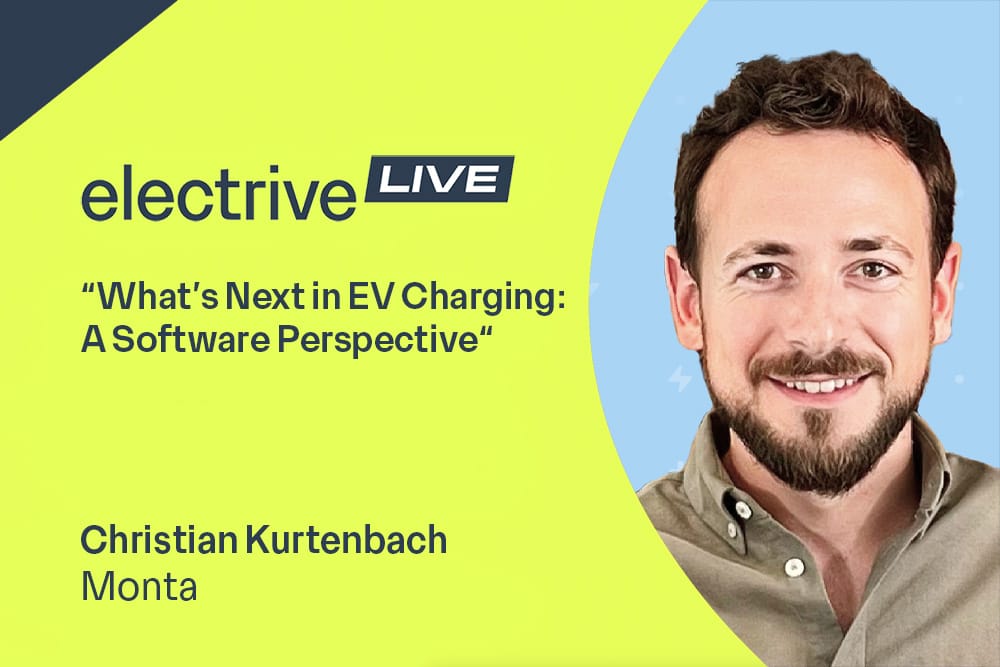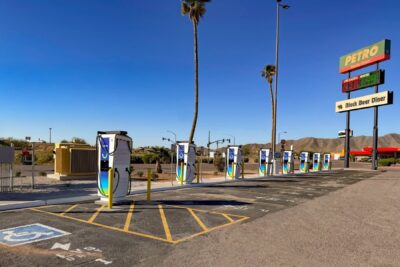What’s Next in EV Charging: A Software Perspective – Christian Kurtenbach from Monta
CPOs face three main challenges, according to Christian Kurtenbach, Director of Strategic Sales at Monta: the push for profitability, building for future growth, and adapting to structural shifts in the EV landscape.
Profitability demands tight control of CapEx and OpEx. “Utilisation is at the front of the mind,” Kurtenbach noted. “Charge quality and intelligent data use are key levers.” To grow, CPOs are expanding into fleets, heavy-duty vehicles, and new markets.
Simultaneously, industry consolidation, shifting regulations, and the move to mainstream EV users are raising the bar. “Mass-market users won’t tolerate poor UX,” Kurtenbach said. “They expect reliability.”
More complexity — from bidirectional charging to compliance — means rising pressure. “Half of what CPOs ask us relates to user experience,” he added. Monta’s data shows that first-time users with smooth onboarding had significantly higher session rates later — a direct revenue driver.
Build vs buy: lessons from other industries
The in-house vs. external platform debate is shifting. Kurtenbach describes a pattern: custom builds lead to hybrid setups, followed by fragmented systems — then, finally, a move to platform-native strategies.
“This happened in CRM, ERP, CMS — and now EV charging,” Kurtenbach said. Even large CPOs with 50 developers struggle. “They spend heavily just to maintain systems — not innovate.”
Monta says cohesive software stacks outperform in charge quality, dev speed, and costs. Unified systems enable proactive fixes. “When QR code issues hit, our team fixed it platform-wide through a shared Slack channel,” he said.
Adding features like dynamic pricing is smoother, too — with support across app, billing, and payments. Operationally, complexity drops. “You can manage roaming, OCPI links, and pricing via a few clicks.”
AI needs structured, unified data. “It won’t be built in-house,” Kurtenbach said. “It depends on integrated platforms.”
Standardisation still allows flexibility. “You can build your own app or add modules. Especially for fuel retailers, integration beats duplication.”
“With strong APIs, you can connect loyalty tools or custom pricing — without losing control.”





0 Comments